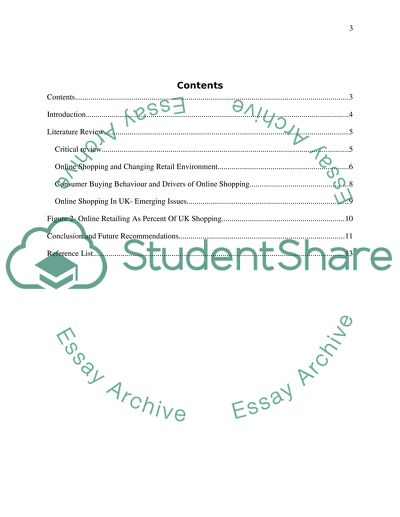Cite this document
(“Emerging Themes in Marketing Essay Example | Topics and Well Written Essays - 2500 words”, n.d.)
Retrieved from https://studentshare.org/marketing/1478115-emerging-themes-in-marketing
Retrieved from https://studentshare.org/marketing/1478115-emerging-themes-in-marketing
(Emerging Themes in Marketing Essay Example | Topics and Well Written Essays - 2500 Words)
https://studentshare.org/marketing/1478115-emerging-themes-in-marketing.
https://studentshare.org/marketing/1478115-emerging-themes-in-marketing.
“Emerging Themes in Marketing Essay Example | Topics and Well Written Essays - 2500 Words”, n.d. https://studentshare.org/marketing/1478115-emerging-themes-in-marketing.


